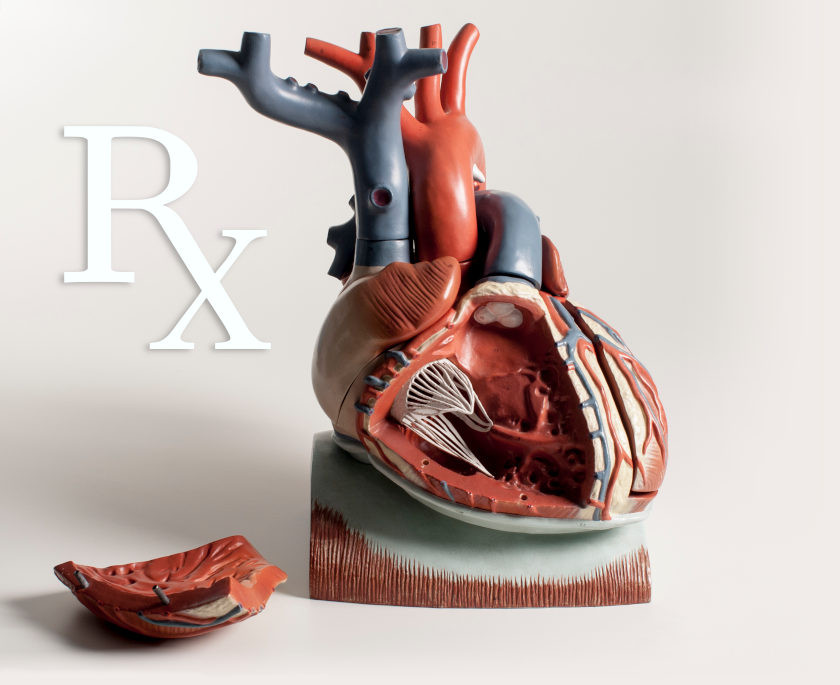Antianginal Drugs
Therapeutic Use and Rationale
Rationale for Treating Angina
Increase Oxygen Delivery:
- Coronary vasodilators
- Anti-thrombotic drugs
Decrease Oxygen Demand:
- Vasodilators
(reduce afterload and preload) - Cardiac depressants
(reduce heart rate and contractility)
Angina results from a reduction in the oxygen supply/demand ratio. Therefore, to alleviate anginal discomfort, it is necessary to improve this ratio. This can be done either by increasing blood flow (which increases oxygen delivery or supply), or by decreasing oxygen demand (i.e., by decreasing myocardial oxygen consumption).
Pharmacologic interventions that block coronary vasospasm (coronary vasodilators) or inhibit clot formation are used to treat variant and unstable angina, respectively. These drugs act by increasing coronary blood flow and oxygen supply, or by preventing vasospasm and clot formation, and associated decreases in blood flow. Drugs that reduce myocardial oxygen demand are also given to patients with these two forms of angina to reduce oxygen demand and help to alleviate angina.
Drugs that reduce myocardial oxygen demand are commonly used to prevent and treat episodes of ischemic pain associated with fixed stenotic lesions (i.e., chronic stable angina). Some of these drugs reduce oxygen demand by decreasing heart rate (decreased chronotropy) and contractility (decreased inotropy), while other drugs reduce afterload and preload on the heart. Afterload and preload reducing drugs act by dilating peripheral arteries and veins. Direct vasodilation of the coronary arteries is ineffective as a therapeutic approach, and may actually worsen the ischemia by producing coronary vascular steal.
Classes of Drugs Used to Treat Angina
Classes of drugs used in the treatment of angina and myocardial infarction are given below. Clicking on the drug class will link you to the page describing the pharmacology of that drug class.
- Vasodilators (dilate arteries and veins)
- calcium-channel blockers
- nitrodilators - Cardioinhibitory drugs (reduce heart rate and contractility)
- beta-blockers
- calcium-channel blockers - Ranolazine (blocks late sodium currents)
- Anti-thrombotic drugs (prevent thrombus formation)
- anticoagulants
- anti-platelet drugs
Revised 11/29/2023

 Cardiovascular Physiology Concepts, 3rd edition textbook, Published by Wolters Kluwer (2021)
Cardiovascular Physiology Concepts, 3rd edition textbook, Published by Wolters Kluwer (2021) Normal and Abnormal Blood Pressure, published by Richard E. Klabunde (2013)
Normal and Abnormal Blood Pressure, published by Richard E. Klabunde (2013)